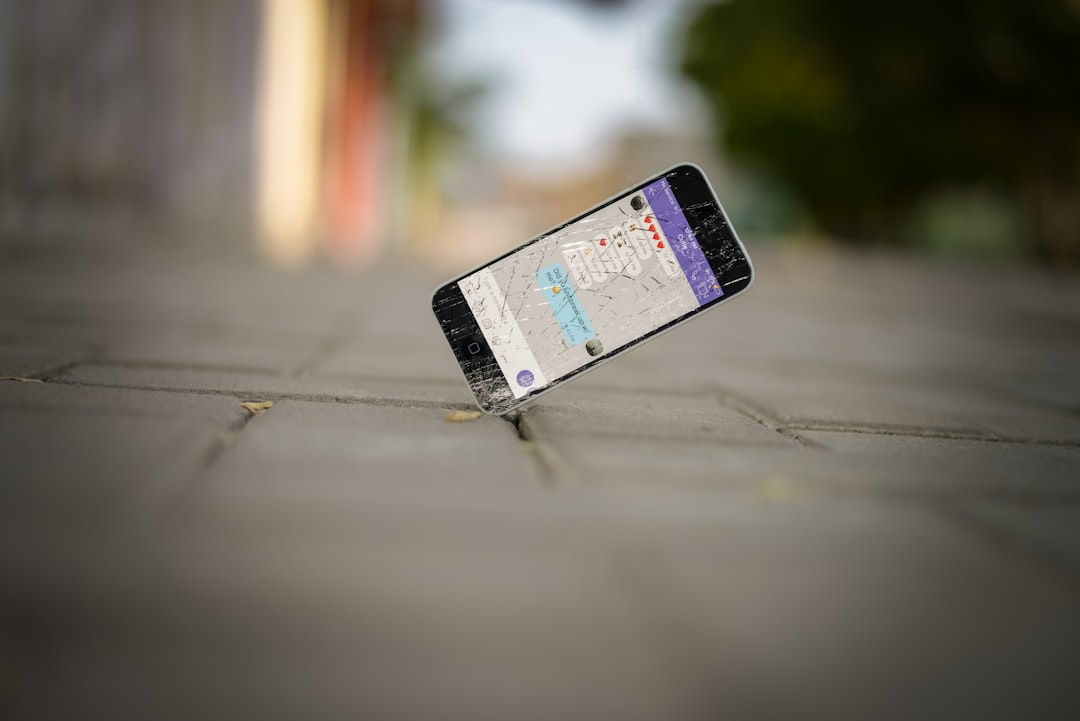Sometimes, even the most robust system infrastructure can break with what seems like a minor configuration mismatch. In this case, a WordPress REST API that had functioned seamlessly for months suddenly started returning 401 Unauthorized errors—but only for mobile users connected through VPNs. What followed was an extensive debugging session and an eventual solution centered around token refresh logic and IP whitelisting.
TL;DR
The WordPress REST API was returning 401 errors for mobile apps when users were on VPNs due to mismatched IP addresses and an outdated token validation process. By revisiting the authentication flow, implementing proactive token refreshing, and allowing dynamic IP whitelisting based on session tokens, syncing was restored. The issue highlighted the importance of designing APIs with IP variability and real-world mobile usage patterns in mind. Always consider IP changes and how they might affect your authentication strategy.
The Initial Problem: Suddenly Broken Sync
One morning, user reports began trickling in—mobile users were experiencing syncing issues with their apps. They weren’t able to post content, fetch notifications, or even retrieve basic user info from the backend. Logging indicated that API responses were returning 401 Unauthorized statuses specifically for mobile app versions, while desktop users and Postman API tests continued to work as expected.
It took several hours of digging to narrow down that the issue was predominantly affecting users on mobile VPNs or those who had roaming enabled on their data plans. But why would that impact token-based authentication?
Initial Debugging Steps
The first step was checking if there was anything wrong with the authentication tokens themselves. WordPress uses JWT (JSON Web Tokens) for authenticating REST API requests. These tokens are usually stored in the client and passed via Authorization headers.
- Tokens in error cases were still valid and had not expired.
- Tokens worked perfectly when replayed from static IP sources.
- API endpoints returned 200 OK when accessed from a browser using the same token.
This pointed toward a configuration conflict rather than a broken token system. So the next question was: What environment-specific factors were mobile VPN users triggering that normal users weren’t?
The Missing Link: IP Binding on Token Validation
After analyzing the backend logs and the JWT plugin configuration, the answer surfaced: IP binding. For added security, a prior development update had introduced IP binding to JWT tokens. This meant each issued token was only valid from the IP address it was first activated from.
This made sense in preventing token replay from unauthorized addresses, but it failed in practice for users with:
- Mobile ISPs that cycle IPs frequently
- VPN services that route traffic through various regional servers
- Inconsistent mobile network handovers during travel
The moment a mobile app switched its IP—either because of a VPN or just roaming—the token was deemed invalid.

Fixing the Token Design: Introducing Refresh Tokens
The solution began with replacing the short-lived token and IP-binding logic with a more robust token lifecycle system using:
- Access Token – Short-lived (15 minutes)
- Refresh Token – Long-lived (7 days) and securely stored on client devices
Upon receiving a 401 due to token issues, the app would then initiate a refresh sequence:
- The client sends the refresh token to a specific endpoint (e.g.,
/jwt-auth/v1/token/refresh). - The backend verifies the refresh token and issues a new access token and refresh token combo.
- The client retries the failed request using the new access token.
This way, short-lived tokens could expire or become invalid without interrupting the user experience or requiring re-authentication.
Whitelisting IPs Dynamically for Token Verification
Even with the new refresh token system, users sometimes encountered an issue before the refresh sequence even started—some firewalls and security plugins installed at the server level were still blocking requests from “unrecognized” IPs.
This required adding a complementary structure: dynamic IP whitelisting.
How It Worked:
- Every issued access or refresh token included a randomly generated session ID.
- Each time a token request was made, the current IP was logged alongside that session ID.
- A middleware filter on API requests checked if the IP matched the last-used IP for that token’s session ID, allowing up to three IP variations for flexibility.
This approach respected the server’s security policies while still accommodating common mobile use cases like VPN switching or cell tower hopping.
Final Implementation & Lessons Learned
Once both fixes were in place—robust token refresh logic and adaptive IP whitelisting—sync was restored across all mobile users, regardless of their network or VPN status.

This incident taught several invaluable lessons:
- Token binding to IPs is risky for mobile app users – Environments change, sometimes unpredictably, and your authentication mechanisms need to adapt.
- Stateless APIs should still be user-aware – Adding a sensible touch of session tracking, such as storing a few IPs per session, can go a long way without being too intrusive.
- Never assume network consistency – Especially not with mobile users on the go or on VPNs.
FAQ
- Q: Why was IP binding added to the WordPress JWT token strategy in the first place?
- IP binding was introduced as a preventive security measure to reduce the risk of token theft and replay attacks. It’s generally useful for admin dashboards but not ideal for mobile environments where IPs change frequently.
- Q: Can refresh tokens be stolen like access tokens?
- Yes, if not secured properly. Refresh tokens should be stored in secure storage like iOS Keychain or Android’s Keystore to prevent theft via app vulnerabilities.
- Q: Why did VPN users face more issues compared to regular mobile users?
- VPNs often route users through multiple IPs or regions, causing constant IP shifts. Combined with IP-bound tokens, this often led to the API rejecting otherwise valid requests.
- Q: Is it okay to allow 2–3 IPs per session for token validation?
- Yes, it strikes a balance between security and usability. You ensure tokens aren’t used from arbitrary IPs while still acknowledging real-world changes in user conditions.
- Q: Should self-hosted WordPress instances use these token enhancements?
- Yes, especially if they serve mobile apps or geographically dispersed users. Relying solely on basic JWT plugins may leave you exposed to sync and auth failures in complex environments.
Dealing with authentication at scale is never just “set it and forget it.” Especially when you factor in mobile complexity, VPN behaviors, and modern security constraints, a multilayered token and IP strategy becomes essential for robust syncing and user trust.
